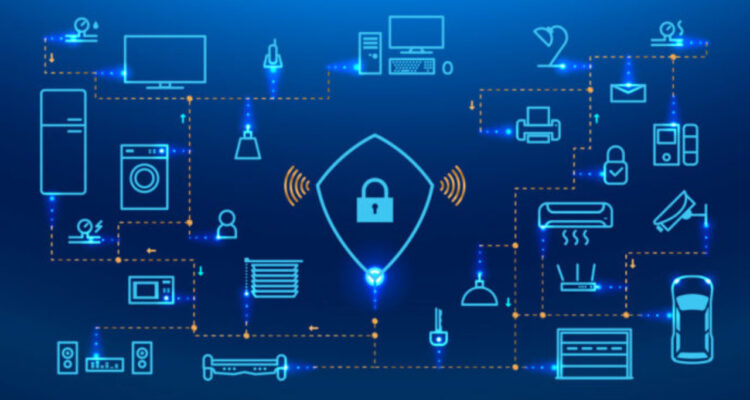As the number of IoT devices grows, corporate security teams face significant hurdles in implementing data privacy strategies.
The exponential rise of IoT offers an unprecedented increase in diverse corporate attack vectors as connected devices become increasingly integrated into diverse business processes and industrial systems. Corporate security teams will face a tremendous problem in dealing with such an impact, especially in terms of privacy legislation compliance and risk/vulnerability management.
Although technology is driving change in how businesses operate, the term “disruptive” has become overused to characterise the effects. IoT Analytics verified that there are already roughly 7 billion IoT devices in use, with the number expected to rise to 21 billion by 2025.
According to a recent report by the Ponemon Institute, data breaches caused by insecure IoT devices have increased from 15% to 26% since 2017. The fact that most businesses lack a centralised function to manage IoT devices, as well as a planned and detailed plan for securing and maintaining them, further complicates IoT device security.
Most security teams are well-staffed to deal with the rise of IoT devices, but they may still be unaware of the security threat.
The adoption of business IoT will be driven by operational efficiency and competitive advantage. Different IoT technologies and products will inevitably merge to form larger, more unified industrial IoT operations.
Security teams face a number of significant obstacles.
Security companies already struggle to keep their production systems patched, and now they have to worry about updating all of their connected devices on top of that. Smart “things” in various commercial settings will result in a significant increase in the total number of devices that must be patched and monitored – if the updates are available.
Beyond the difficulties of vulnerability management, the numerous legal ramifications of privacy infractions pose a substantial difficulty. The rise of the Internet of Things will undoubtedly result in a wave of cybersecurity legislation around the globe.
In today’s IoT era, businesses may be collecting employee or consumer data without authorization via linked devices. For security teams, navigating the challenges of growing vulnerability management and privacy rules could prove to be a monumental task.
Steps to Lower IoT Risk
Enterprises will need to think carefully about how workplace IoT crosses with privacy and different data protection legislation in the future. The project should begin with the following four risk-mitigation steps:
- Monitor data flows for aberrant or unexpected traffic patterns.
- Isolate IoT devices into independent logical portions of the network.
- All data privacy agreements should include IoT-specific terminology.
- Ensure that important security considerations drive all IoT purchasing decisions, such as the ability to receive and instal fixes, as well as the ability to alter default passwords and disable less-required services on each IoT device.
To meet severe compliances like GDPR, it’s probable that the required level of strategic coordination between the legal and security teams will exceed expectations in the future. Until then, given the rapid growth of the IoT sector, corporate executives may want to start with the most basic question: are businesses dubious enough of their existing IoT strategy to appropriately secure their company?
For more blogs checkout: Blogs





